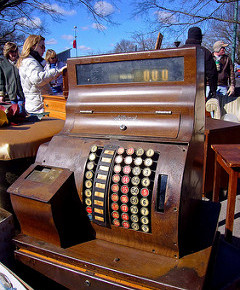
Tracking users between exit and post-event surveys can serve as a great way to learn more about exactly what impact your event marketing programs are having in the long term. Looking at overall survey results can be helpful for this, but once you start tracking those users that responded to both your exit and post-event surveys, you can discover additional insights that can prove highly valuable to your program.
How to set up post-event tracking
The easiest way to set this up is to tag each person you are emailing with the response ID associated with their exit result. Most email campaign managers will be able to do this without a problem. (Typically, you will need to have a column in your email file titled “userid”.)
The user IDs can be passed into your post-event survey. Once you have all of your post-event data, as well as your exit data, you can trim both data sets down to contain only those who responded to both. (A vlookup in Excel will enable you to search for only those users who responded to both surveys.)
Cross-comparing exit and post-event attitude and behavior
Once you have the two data sets compiled, you can begin to cross-compare them. By looking at how respondents answered your exit survey, and comparing it to how they answered your post-event survey, you can find valuable information.
In a recent PortMA survey, we asked consumers leaving an event how likely they were to purchase in the future. In the post-event survey, we asked what percent of them had actually bought.
By looking at consumers who had stated they were “extremely likely” to buy leaving the event, we could see what percentage actually had made a purchase. This let us more accurately assess what percent of consumers would go on to make a purchase, and more accurately predict the event marketing program’s ROI.
This practice can also help you see how much impact your event marketing program is having. Comparing how consumers rated the event to how much they remember, can help you to determine what about your event is not only most interesting but also what is most valuable for keeping your brand top-of-mind with consumers.
Conclusion
Tracking how consumers respond to your product and events over a period of time can prove incredibly insightful and give you information that would otherwise be difficult, or even impossible, to obtain.
The initial steps to make sure you are able to do it can be difficult, but by doing this, you add a layer of analysis that would be otherwise unavailable.
Not cross-comparing is essentially throwing away free insight. I can’t recommend against that strongly enough.
Photo Source: https://www.flickr.com/photos/sashafatcat/
